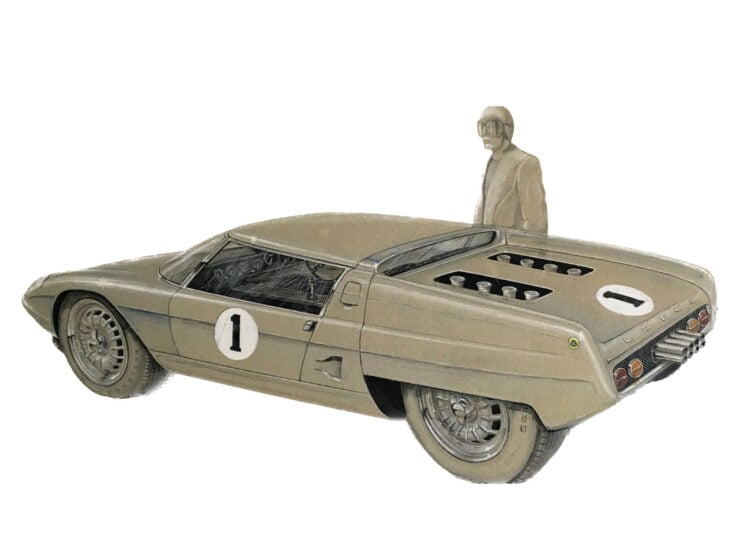This is a 1974 Lotus Europa Twin Cam Special. Interestingly, the European concept he started in 1963 as a design for Ford planning his GT40 campaign against Ferrari.
The final bid was won by the Lola Mk6, which resulted in Lola developing the Ford GT40 in England. Lotus then took Ron's Hickman-designed proposal for the GT40 further into the car you see here: Europe.
The original concept drawings made for Ford by Ron Hickman for the aforementioned GT40 project were used for Europe, but were scaled down slightly as the car no longer needed a large American V8 in the rear. I was.
A steel backbone chassis similar to that used in the early Lotus Elan was developed for this car, and a fiberglass body was developed with an emphasis on good aerodynamics, low weight and low center of gravity. 1.08 meters or 42.5 inches he is almost as tall as a 5 year old child.
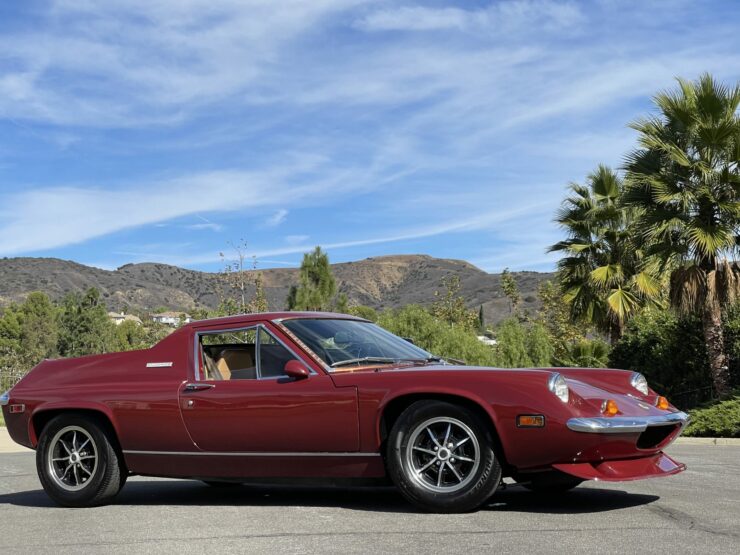
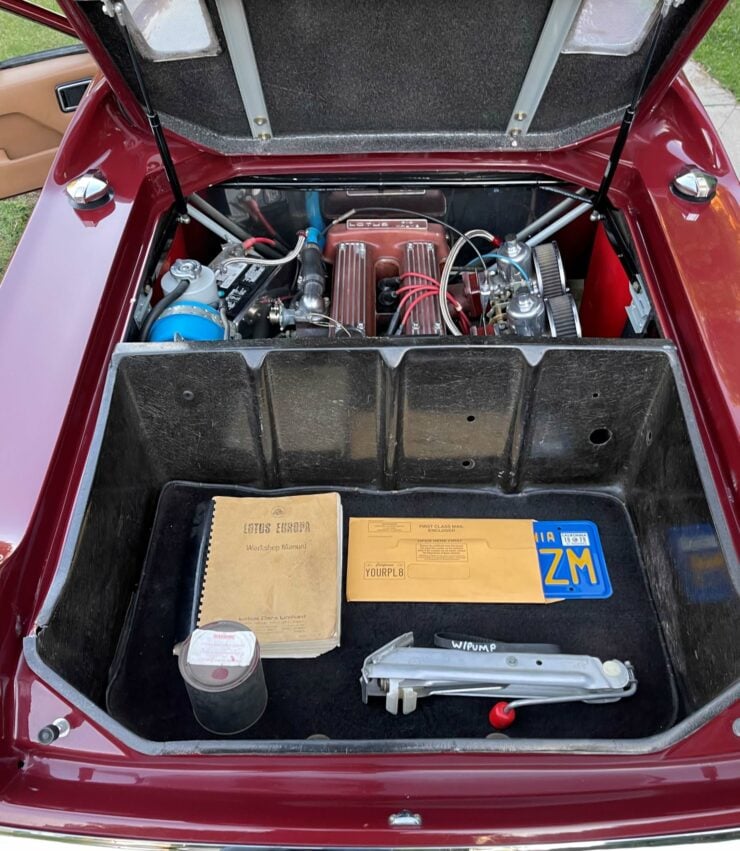 Various refinements were made during the production process, with early cars having the body glued to the chassis for optimal rigidity, which made crash repairs almost impossible, so the later Europass I bolted the body to the chassis.
Later models added electric windows and reduced the rear side panels for better rearward visibility. The engine bay saw the most upgrades. The power output of the Renault 16 engine was further increased, but was capped, so Lotus eventually replaced it with the Lotus Twin His Cam engine, previously developed on the Ford 116E engine platform. in the 1960s.
This double overhead cam engine greatly increased power, initially reaching 105 bhp, then 113 bhp (US federalized form) and finally 126 bhp. In later cars he also introduced 5-speed transaxles, which unsurprisingly tend to be the most popular among collectors.
By the time production ended in 1975, Lotus had built almost 10,000 Europa. This was a huge success for the company and contributed significantly to brand recognition in Europe and the US.
Various refinements were made during the production process, with early cars having the body glued to the chassis for optimal rigidity, which made crash repairs almost impossible, so the later Europass I bolted the body to the chassis.
Later models added electric windows and reduced the rear side panels for better rearward visibility. The engine bay saw the most upgrades. The power output of the Renault 16 engine was further increased, but was capped, so Lotus eventually replaced it with the Lotus Twin His Cam engine, previously developed on the Ford 116E engine platform. in the 1960s.
This double overhead cam engine greatly increased power, initially reaching 105 bhp, then 113 bhp (US federalized form) and finally 126 bhp. In later cars he also introduced 5-speed transaxles, which unsurprisingly tend to be the most popular among collectors.
By the time production ended in 1975, Lotus had built almost 10,000 Europa. This was a huge success for the company and contributed significantly to brand recognition in Europe and the US.
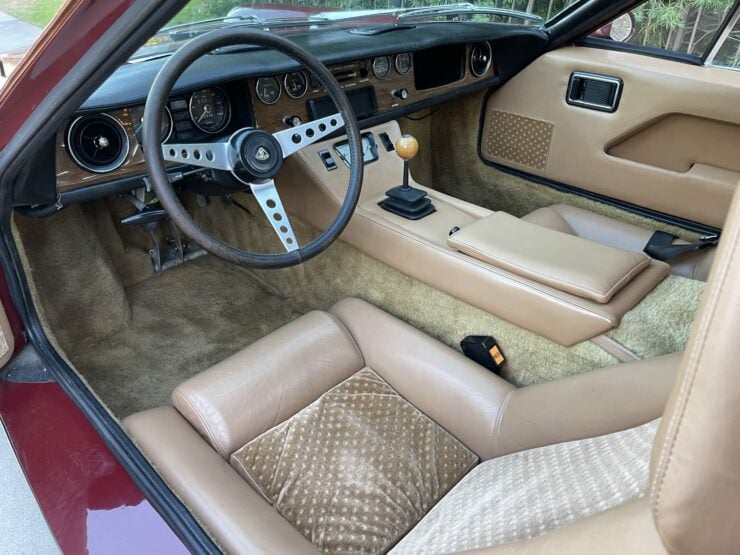 Europe was taken over by the Lotus Esprit. The Lotus Esprit is a forward-looking wedge-shaped car designed by Giorgetto Giugiaro that appeared in the James Bond films that launched Lotus into the big leagues. As a result, Europa has tended to be largely forgotten for years and remains relatively affordable in many global markets even today.
Europe was taken over by the Lotus Esprit. The Lotus Esprit is a forward-looking wedge-shaped car designed by Giorgetto Giugiaro that appeared in the James Bond films that launched Lotus into the big leagues. As a result, Europa has tended to be largely forgotten for years and remains relatively affordable in many global markets even today.
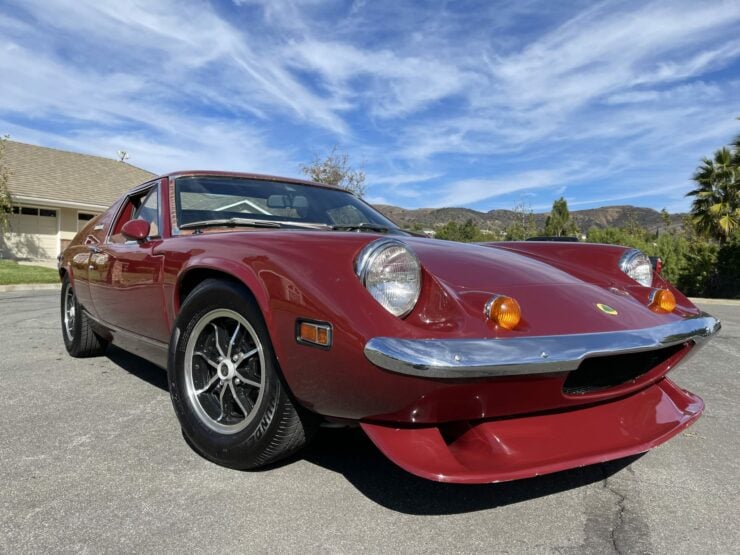
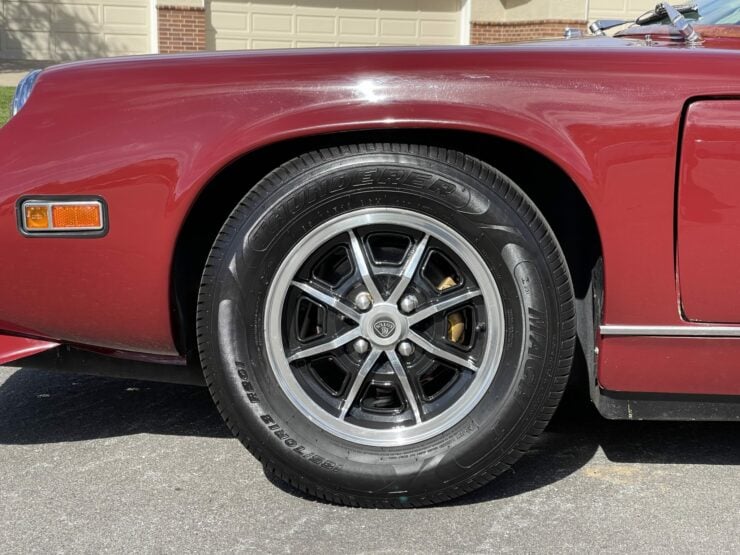
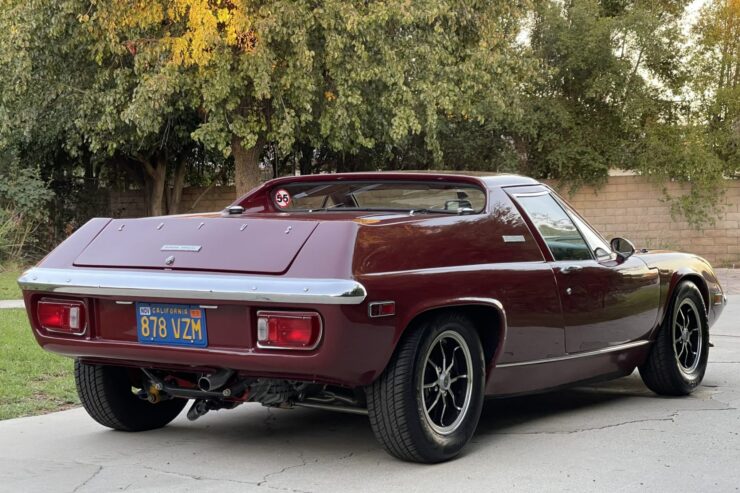
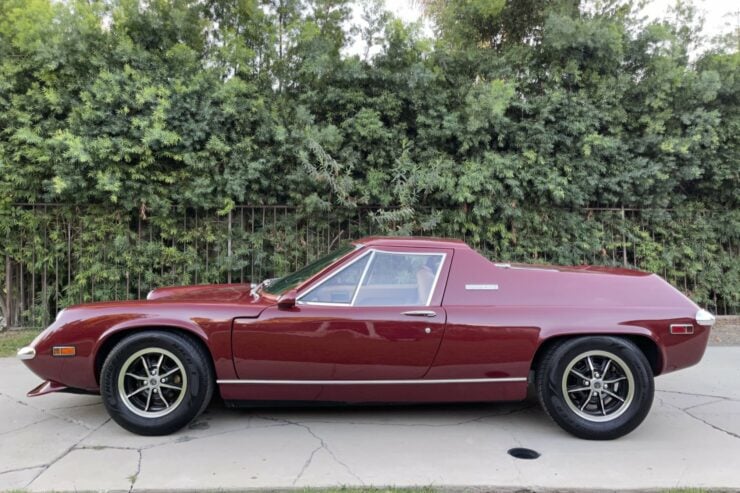
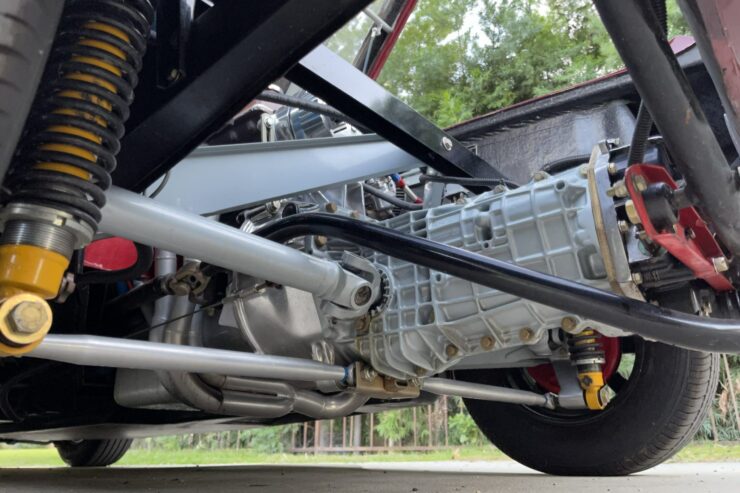
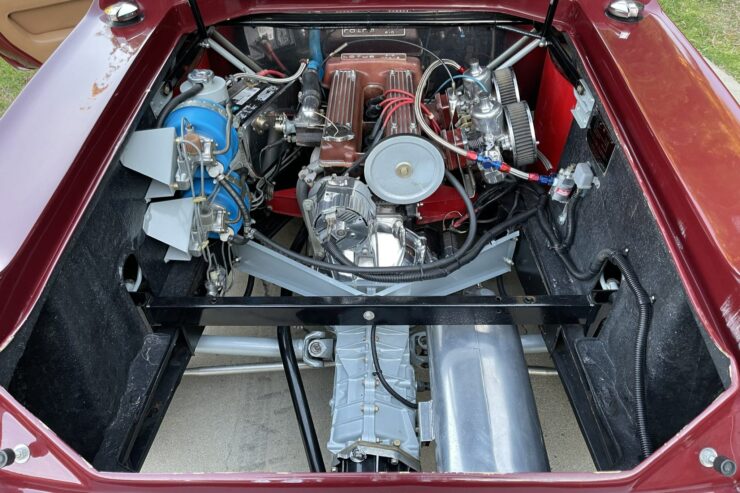
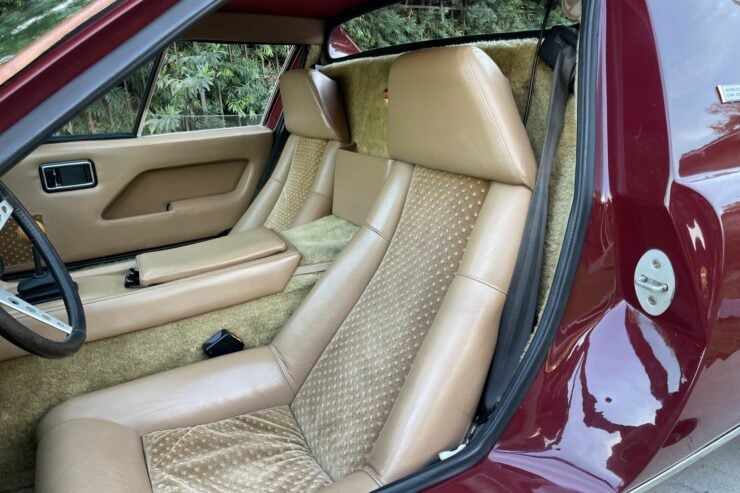
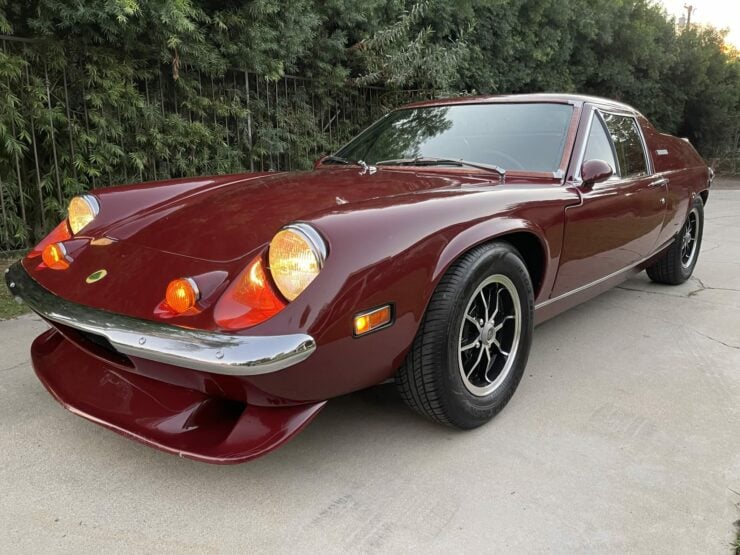
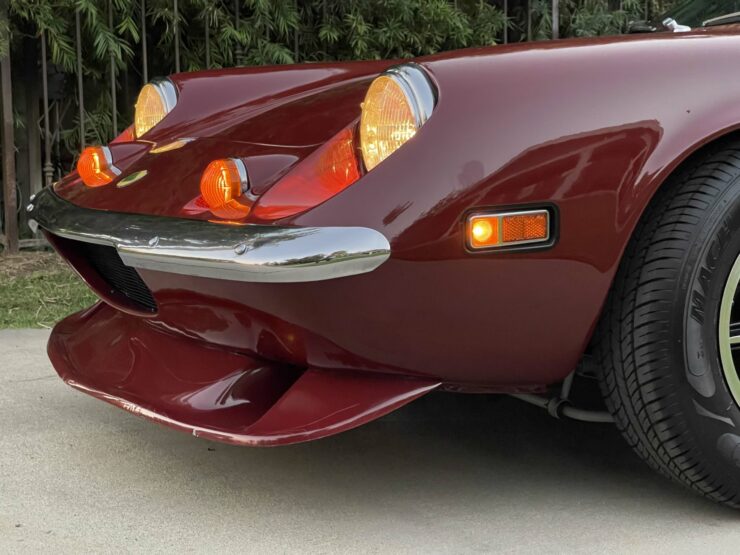
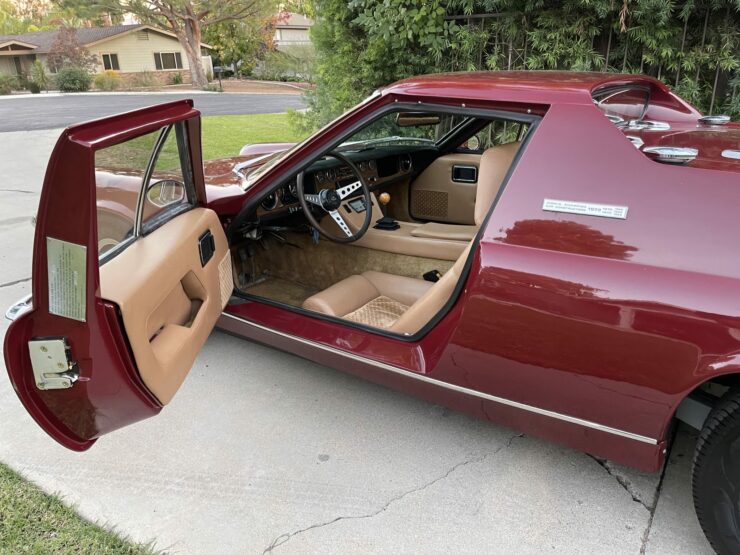
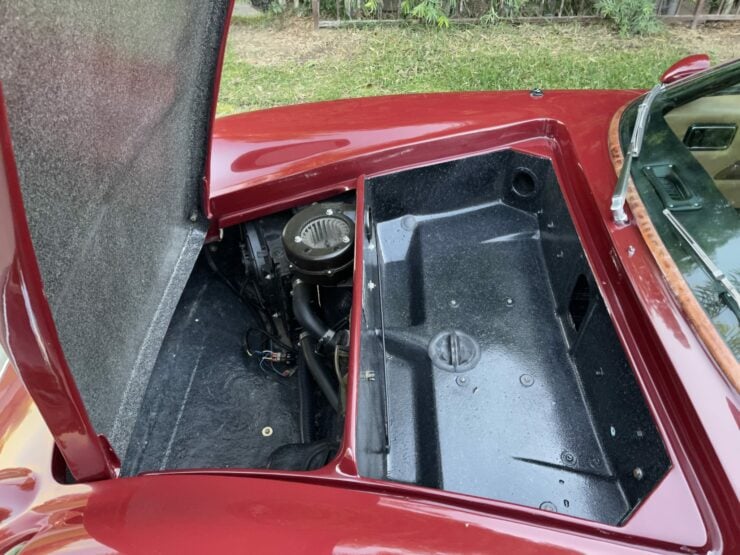
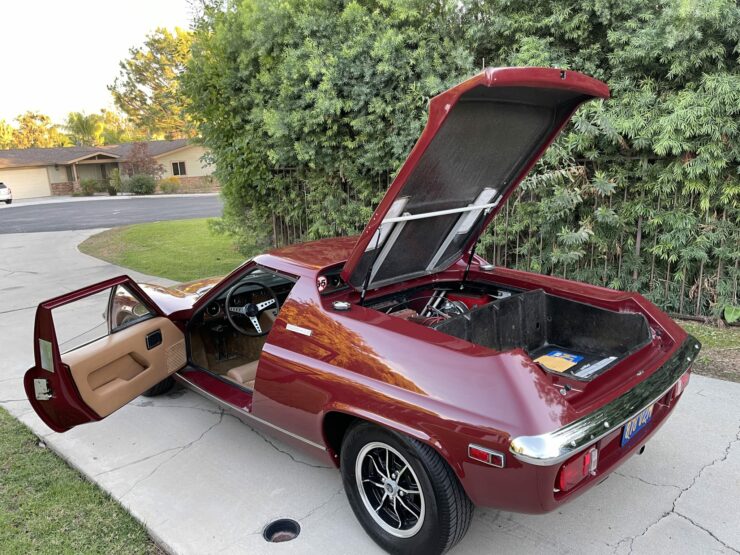
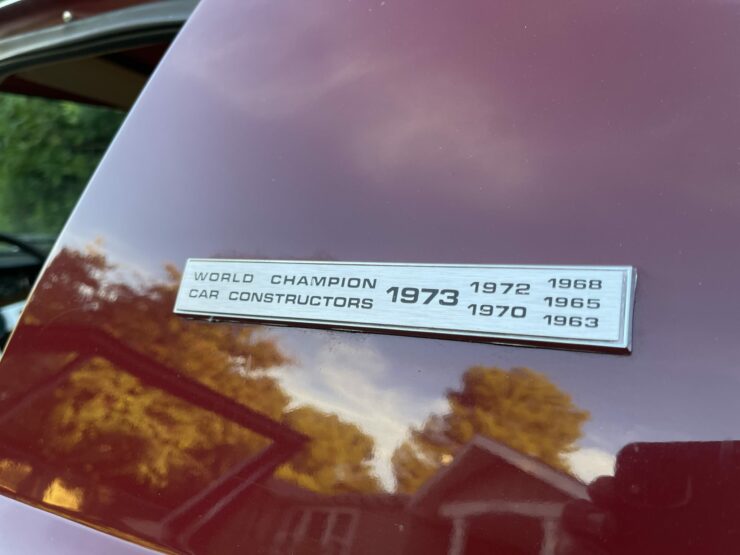
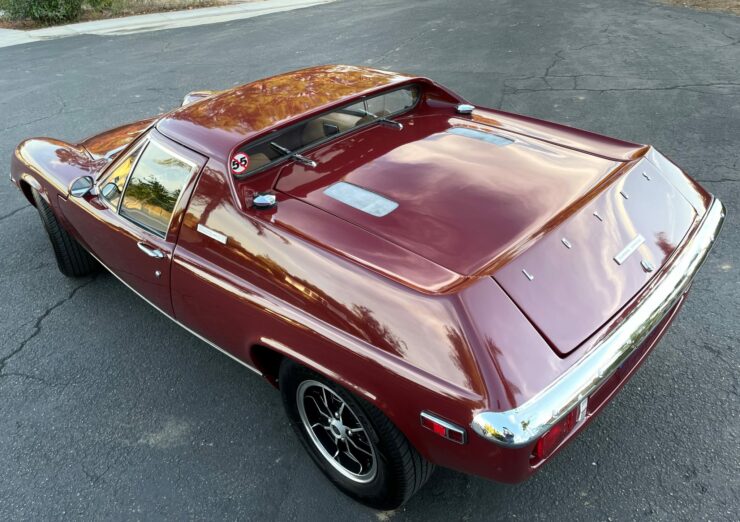
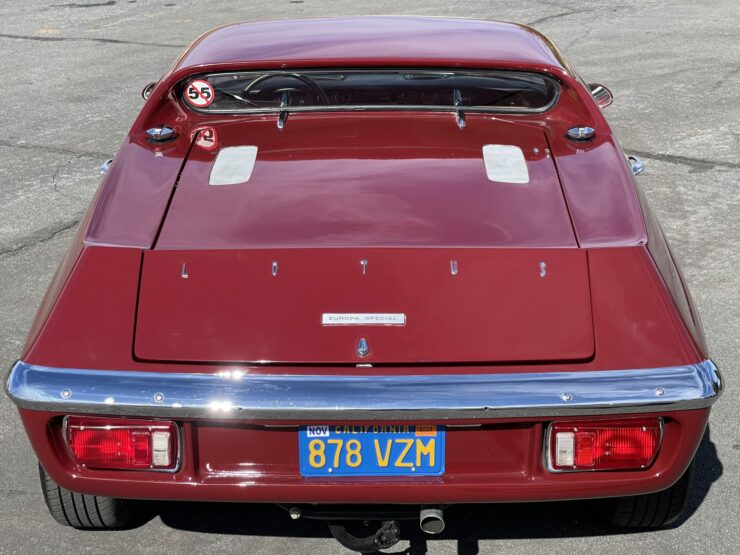
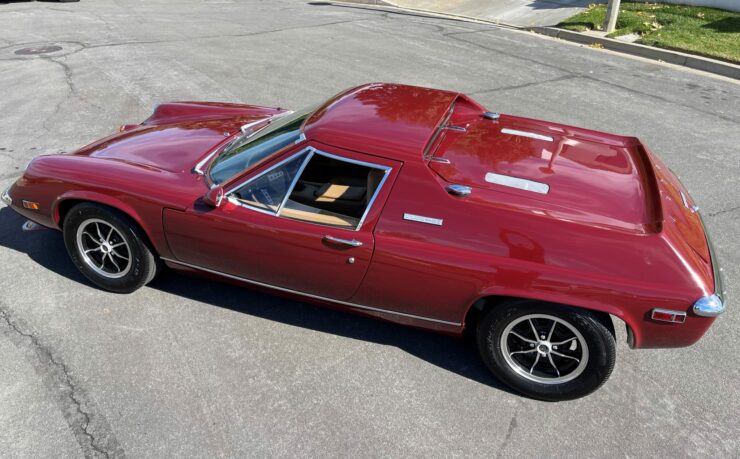
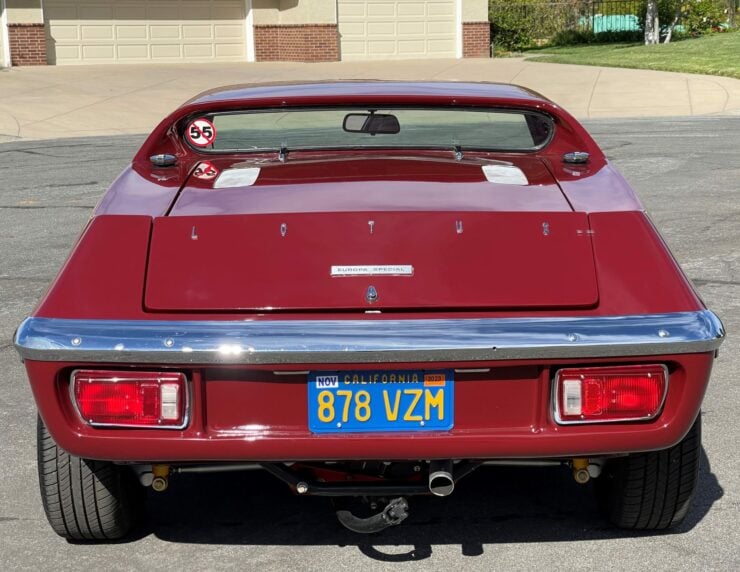
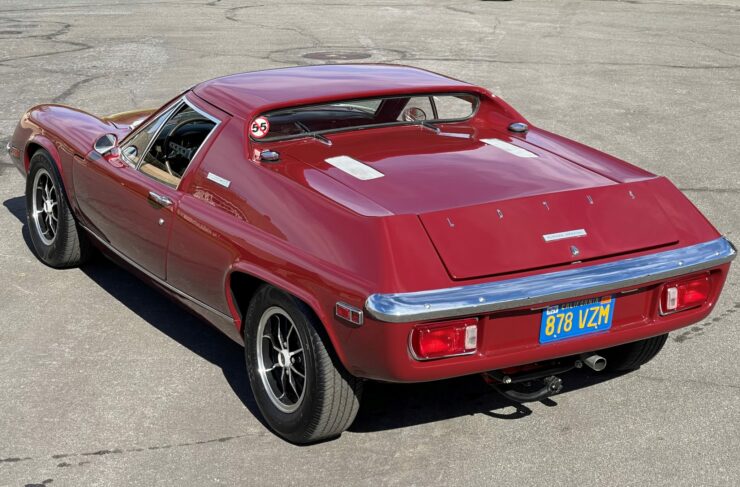 Image credit: Bring a Trailer
Image credit: Bring a Trailer
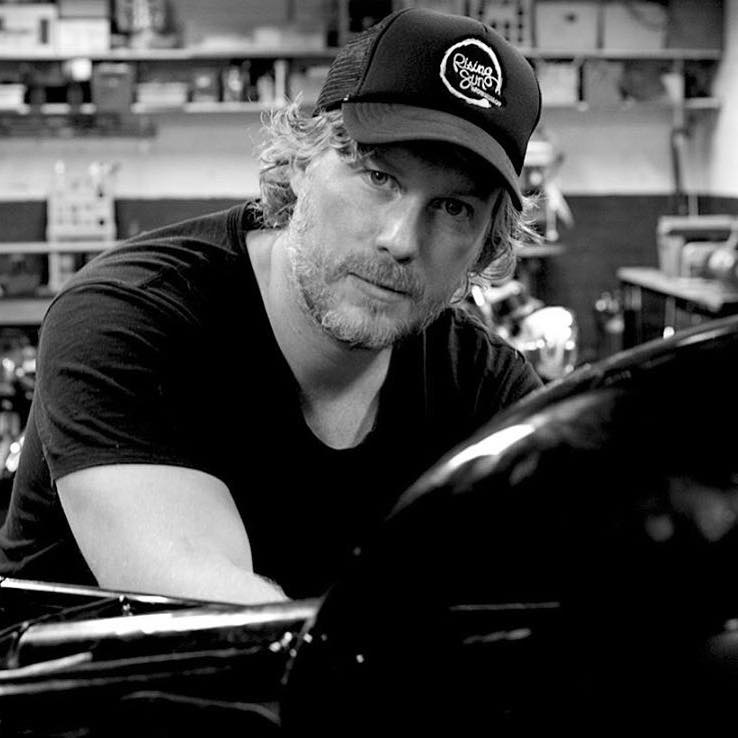
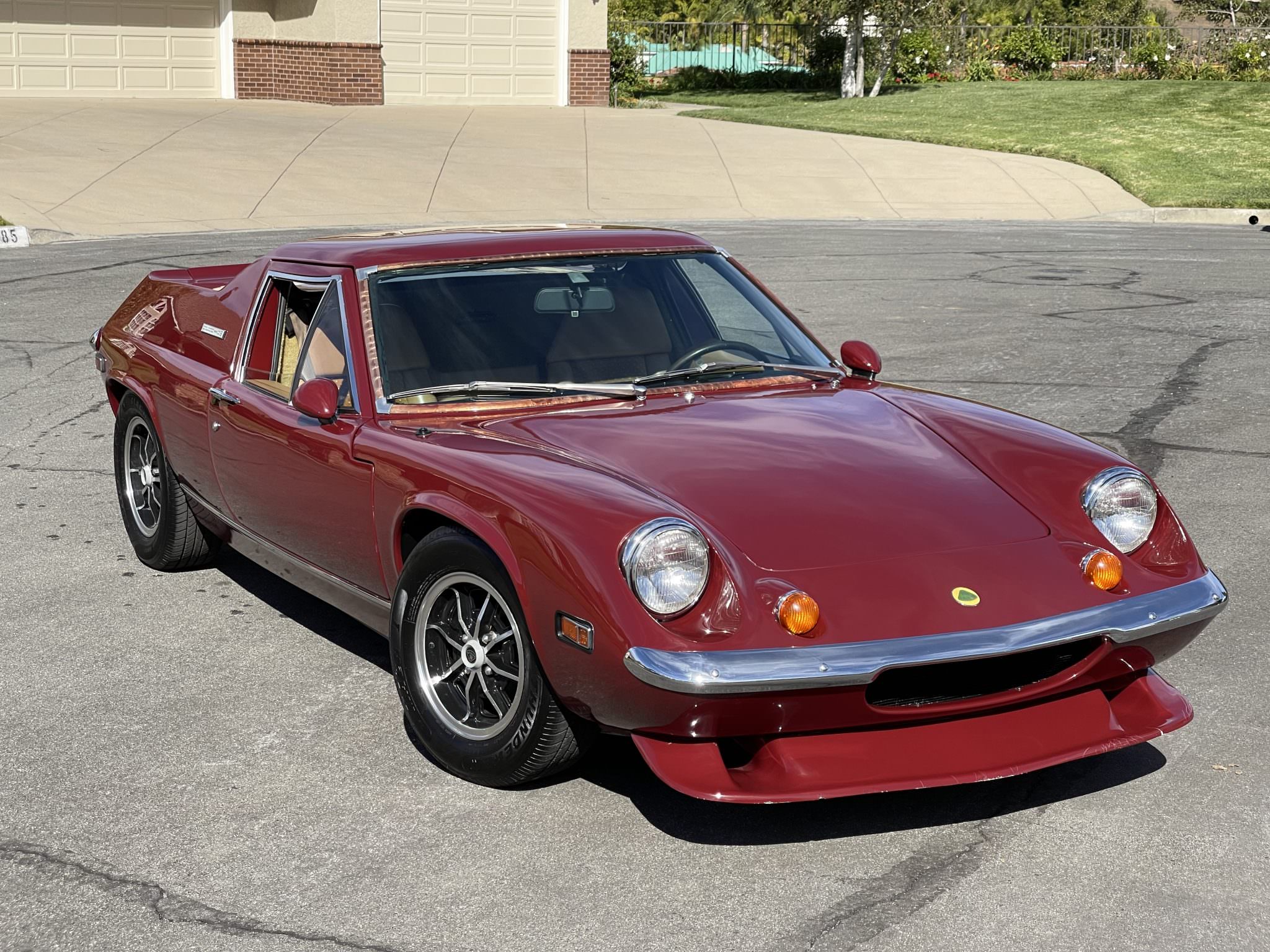
Fast Facts – Lotus Europa Twin Cam Special
- The Lotus Europa was launched in 1966 as the world's first mid-engined production sports car. Until 1975 he was produced in three main variants, after which it was replaced by the wedge-shaped Lotus Esprit.
- By the mid-1960s, the mid-engined layout was widely used in F1 and as successful F1 car developers, it made a lot of sense that Colin Chapman and Lotus would introduce the same layout to their road cars.
- Like the early Lotus Elan, the Europa had a steel backbone chassis, a lightweight fiberglass body, independent front and rear suspension and excellent handling that was the standard of the day.
- The car shown here is a late 1974 Lotus Europa Twin Cam Special. It's equipped with a desirable 1.6-liter twin-cam in-line 4-cylinder Ford/Lotus engine and a 5-speed manual gearbox producing 113 bhp.
Lotus Europe
Lotus Europa is one of the most important sports cars of the 1960s. It was the world's first mass-produced mid-engined sports car, with a lightweight fiberglass body weighing just 610kg (1,350 lbs) and delivering best-in-class handling.
almost elfin
It was originally going to be called "Elfin", a favorite of Colin Chapman, the founder of Lotus, but was renamed "Europe" after being pointed out that "Elfin" means "end" in Spanish. A potential trademark issue then led to a minor name change to the name we know today as "Europa". The reason the car got this name is because it was intended to be sold in Europe, being offered exclusively to continental buyers for the first three years from 1966, then from 1969 onwards in the UK. provided to the buyer.

find the right engine
The relative lack of engines and transmissions designed for mid-engined production cars caused concern during the European development process, but Chapman is probably the least likely place, the Renault 16. Found a solution under the hood. . Chapman and his team took an in-line four-cylinder engine from the Renault 16, a French front-wheel drive car, and flipped it 180 degrees. This resulted in an optimal engine and transaxle for a mid-engine configuration. The only problem was that this car has 1 forward and 4 reverse speeds. This issue was quickly resolved by changing the position of the differential he crown wheels in the final drive assembly to have 1 reverse and 4 forward. The engine has been significantly upgraded over the stock configuration with the addition of larger inlet valves, a higher compression ratio, stiffened camshafts, dual valve springs and a twin carb arrangement. This increased power output from 63 bhp to 82 bhp. It may not sound like a big deal, but the car was so light that it made all the difference.



Click here for Lotus Europa Twin Cam Special
The car shown here is a 1974 Lotus Europa Twin Cam Special. So one of his very popular late models with a more powerful twin-cam engine and his 5-speed transmission. Interestingly, the Europa is said to have been put into storage in 1979 after being used as an engine development vehicle for the F2 racing team. A refreshed interior, suspension overhaul, rebuild of both the 1.6-liter twin-cam engine and his 5-speed gearbox. This car is currently for sale from Placentia, California with a trailer. If you would like to read more or register to bid, you can visit the listing here.
















 Image credit: Bring a Trailer
Image credit: Bring a Trailer

Articles written by Ben have been featured on CNN, Popular Mechanics, Smithsonian Magazine, Road & Track Magazine, Pinterest Official Blog, eBay Motors Official Blog, BuzzFeed, Autoweek Magazine, Wired Magazine, Autoblog, Gear Patrol, Jalopnik, and The Verge. It is , etc.
Silodrome was founded in 2010 by Ben. Since then, the site has grown to become a global leader in the alternative and vintage automotive sector, with well over a million monthly readers from around the world and hundreds of thousands of followers on social. media.

